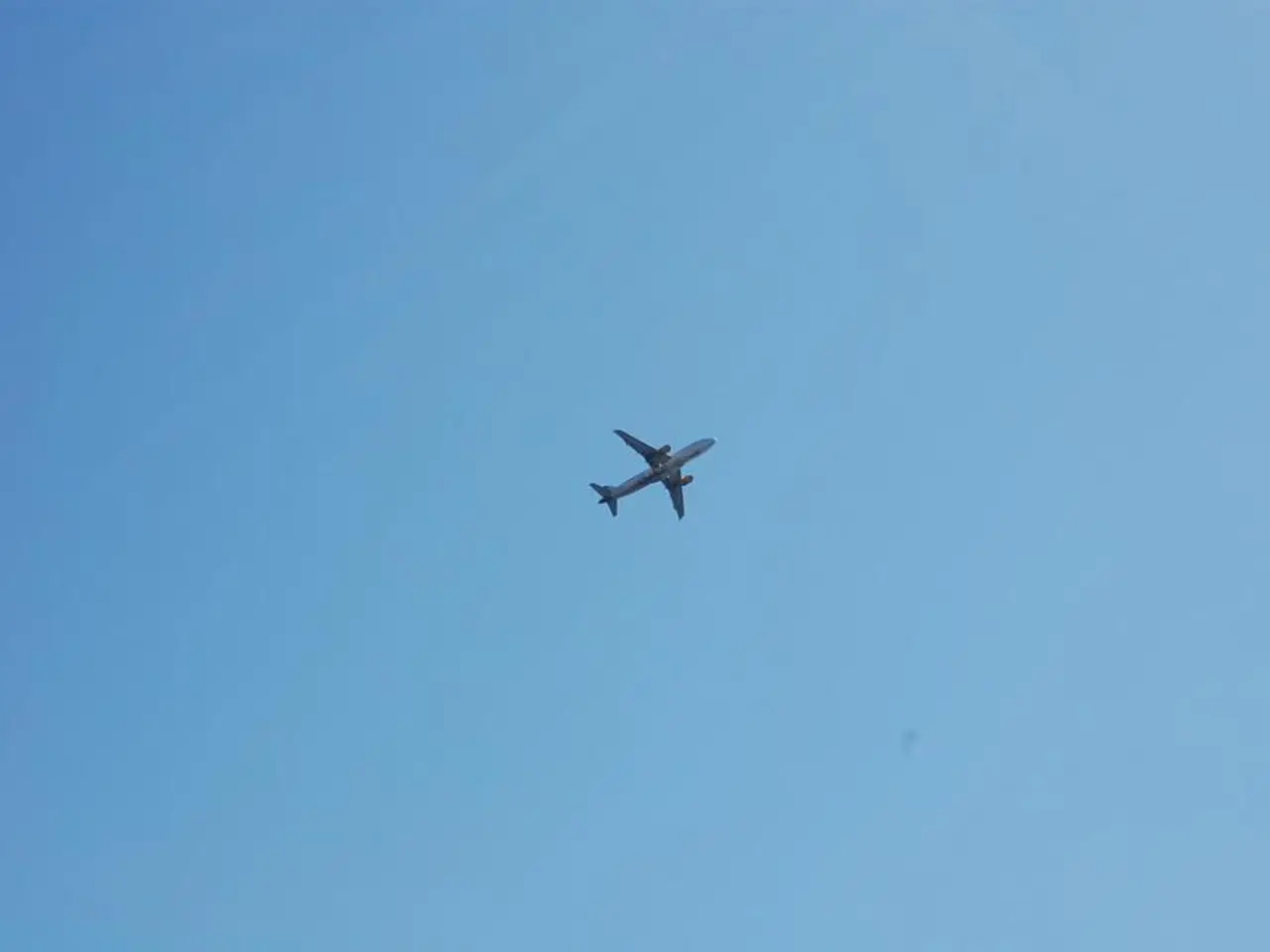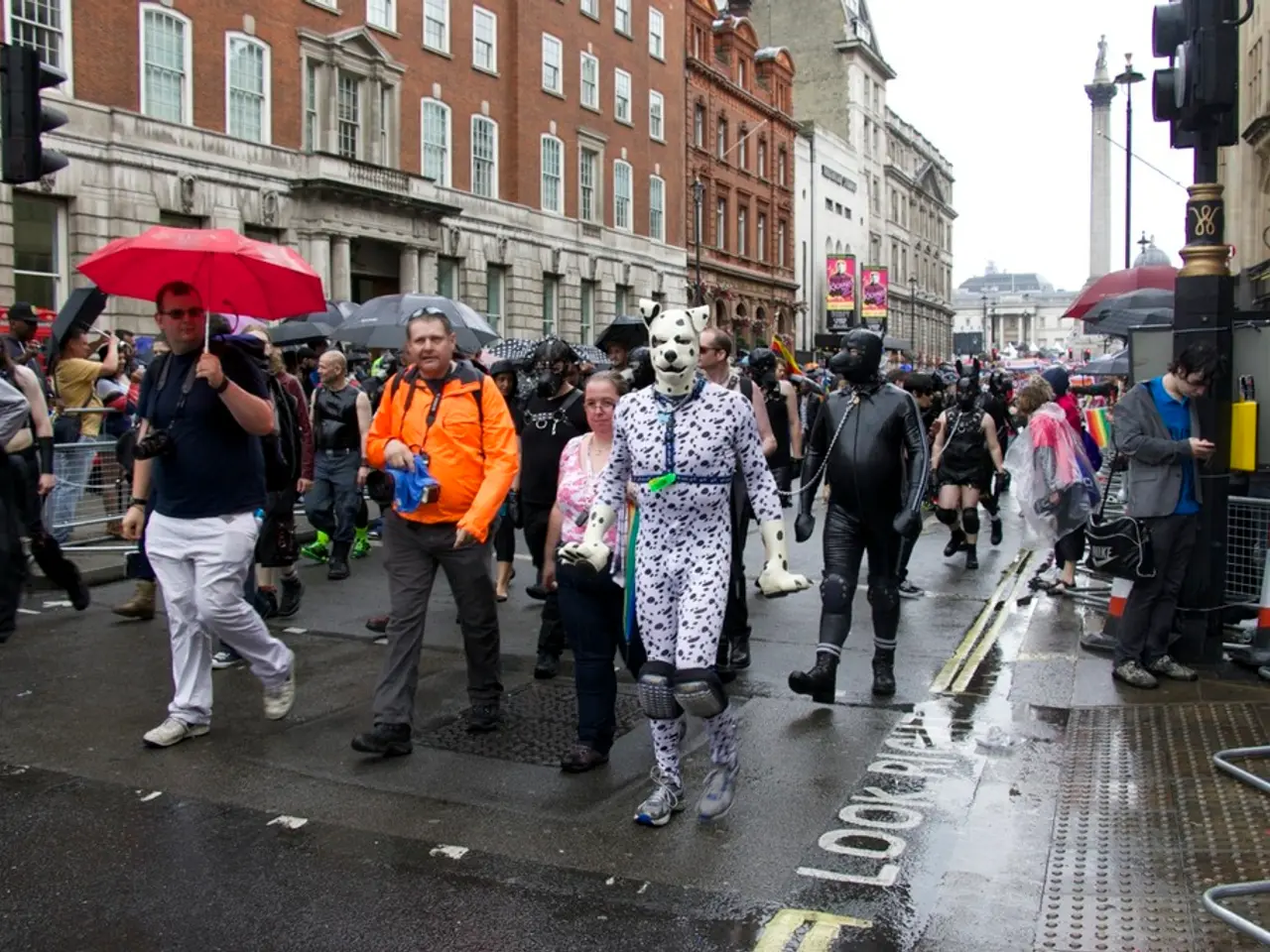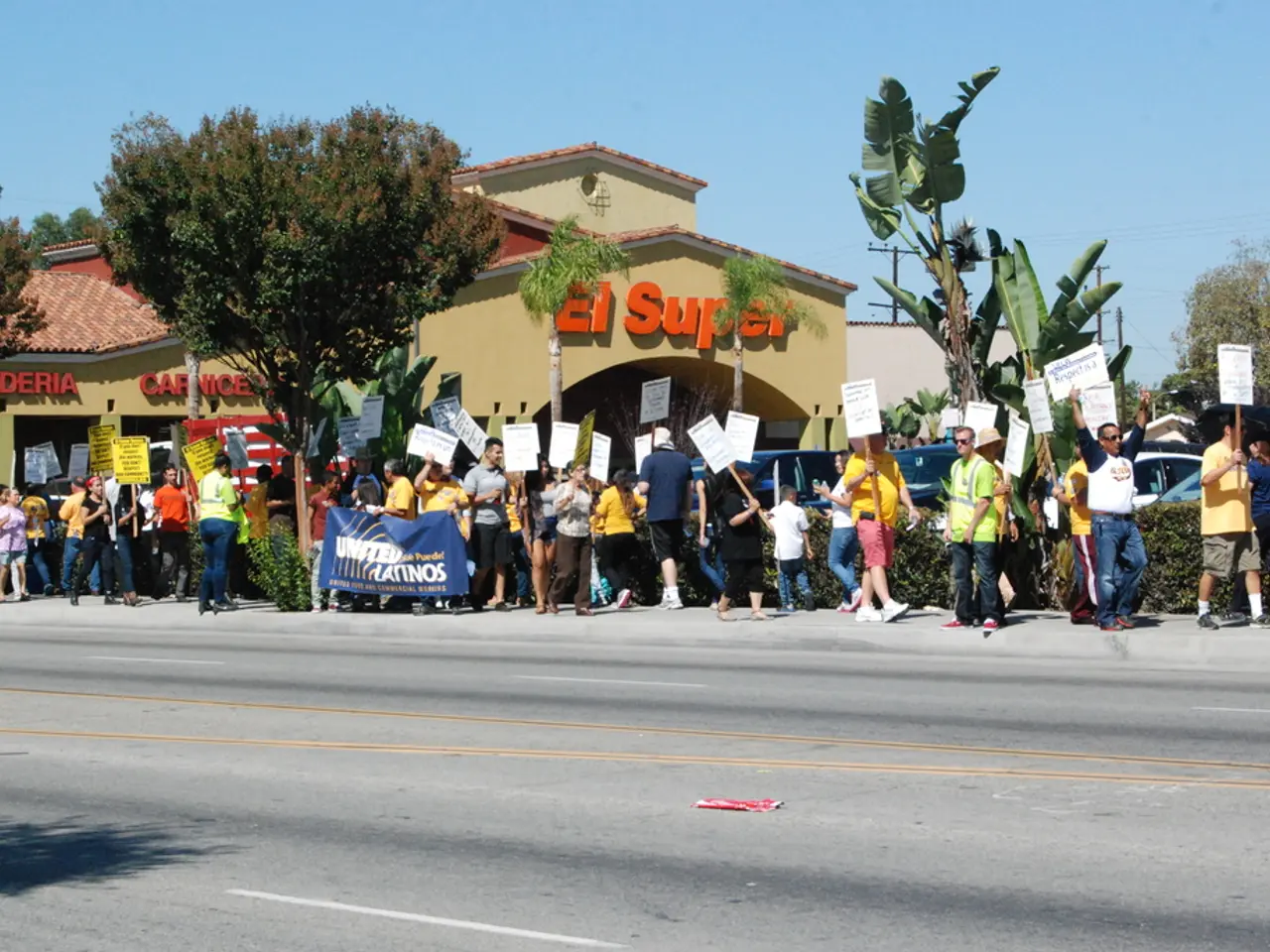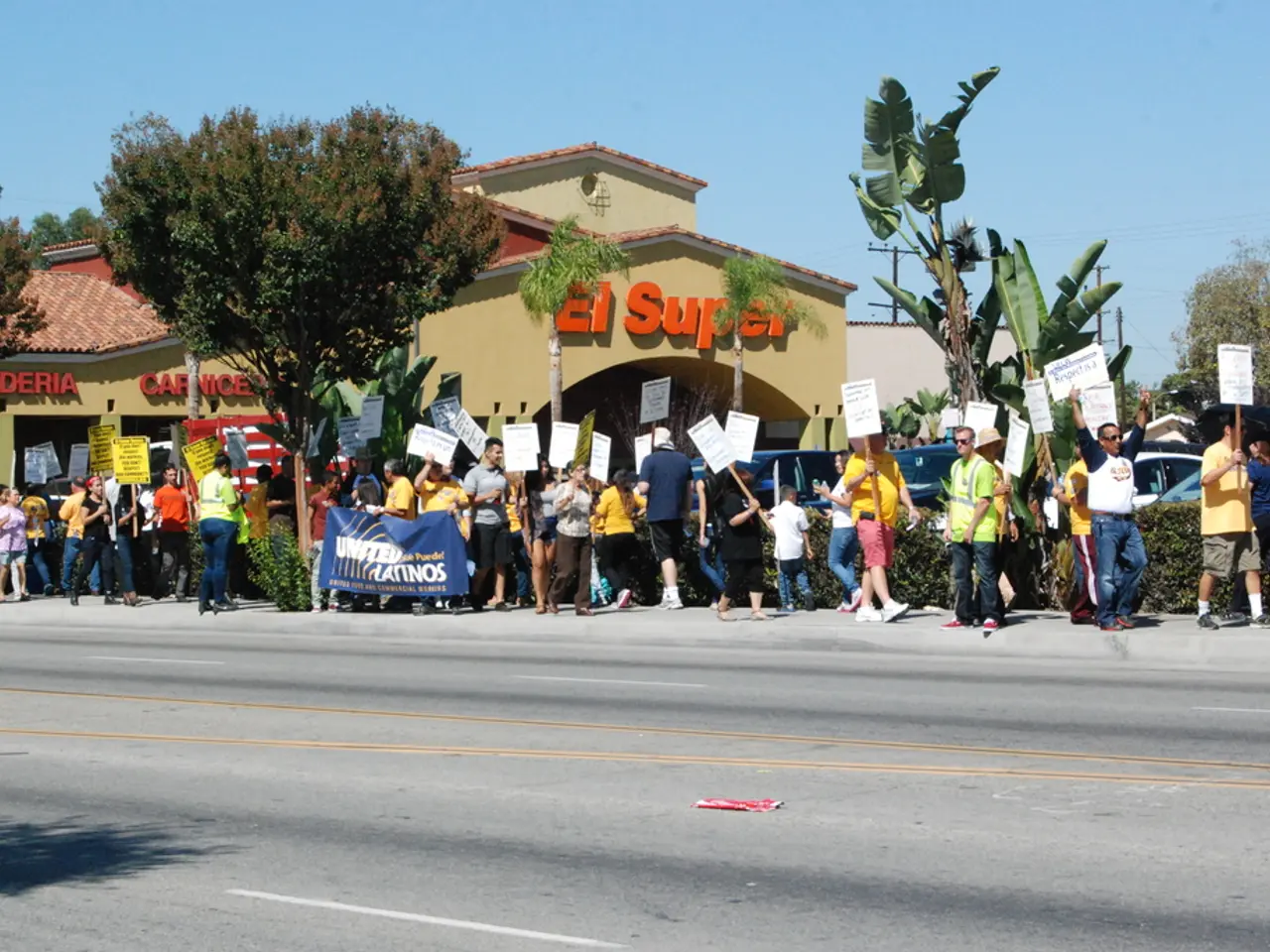anticipating your travel, fluctuating weather conditions are cluster ing on both sides of your designated pathway
A private pilot, preparing to fly a Cessna C182 from Tri-State Airport (KHTS) in Huntington, West Virginia to Madison, Indiana (KIMS), is faced with a challenging go/no-go decision due to scattered thunderstorms along the route.
Despite most airports reporting VFR conditions, the presence of these storms poses significant risks that extend beyond the legal and prudent limits of a non-instrument rated pilot.
As a private pilot without an instrument rating, the pilot is legally bound to fly only in VFR conditions. Flying into or near thunderstorms is prohibited unless the pilot is qualified and equipped for instrument flight. VFR minimum weather conditions generally require visibility of 3 statute miles and cloud clearance specific to airspace. However, scattered thunderstorms can mean any chance of IMC (Instrument Meteorological Conditions) or rapidly changing conditions, making it legally unsafe and unauthorized for the pilot to proceed.
Thunderstorms, even if scattered, produce hazardous conditions such as severe turbulence, wind shear, heavy precipitation, and lightning, which are extremely dangerous to VFR pilots. Convective SIGMETs (warnings for convective weather such as thunderstorms) indicate severe turbulence, wind shear, and other hazardous phenomena.
The pilot is concerned about getting caught between rapidly building storms and a storm is approaching the destination, but it may be possible to arrive before it covers the area. Along the last 1/3 of the route, a diversion to either Cincinnati or Lexington will be an option.
However, despite VFR surface reports, the presence of scattered thunderstorms along the route impose significant risk. Non-instrument rated pilots lack training to safely navigate around or through such weather safely. The prudent decision is NO-GO until thunderstorms dissipate and VFR conditions are stable and continuous along the entire route.
The flight duration is 1.3 hours, and there are no significant obstacles or terrain along the route. However, scattered storms surround the area for 200 miles, making waiting it out impractical. The weather on paper exceeds legal requirements for VMC, but the current conditions are not specified.
The pilot considers themselves safe and cautious, and the weather outside scattered storms is clear and VFR conditions prevail elsewhere. However, the weather along the route contains scattered thunderstorms, with many growing in intensity as the afternoon progresses.
Modern tools such as ADS-B weather receivers and aviation apps can provide real-time weather updates, but the pilot must interpret these conservatively to avoid convective weather. Safety culture and lessons from past incidents emphasize avoiding thunderstorms entirely rather than risking flight near or through them.
In summary, a private non-instrument rated pilot should decline the flight (NO-GO) under these conditions. Waiting for stable VFR weather without convection is essential for legal compliance and flight safety.
- The pilot, preparing to fly a Cessna C182, faces a challenging go/no-go decision due to scattered thunderstorms along the route.
- As a private pilot without an instrument rating, the pilot is legally bound to fly only in VFR conditions and is prohibited from flying into or near thunderstorms unless qualified and equipped for instrument flight.
- The presence of scattered thunderstorms can mean any chance of IMC or rapidly changing conditions, making it legally unsafe and unauthorized for the pilot to proceed.
- Thunderstorms produce hazardous conditions such as severe turbulence, wind shear, heavy precipitation, and lightning, which are extremely dangerous to VFR pilots.
- Despite VFR surface reports, the presence of scattered thunderstorms along the route impose significant risk, and the prudent decision is NO-GO until thunderstorms dissipate and VFR conditions are stable and continuous along the entire route.
- The pilot should consider modern tools such as ADS-B weather receivers and aviation apps for real-time weather updates but must interpret these conservatively to avoid convective weather.
- Safety culture and lessons from past incidents emphasize avoiding thunderstorms entirely rather than risking flight near or through them.
- Waiting for stable VFR weather without convection is essential for legal compliance and flight safety.








